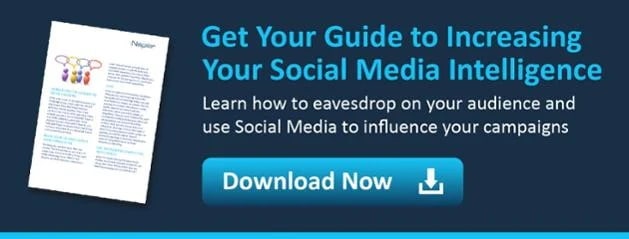Facebook has announced adjustments to the way in which users see articles on its site, reducing stories with click-bait headlines – posts that tempt readers with beguiling headlines, yet deliver content that is actually of very little interest to the reader.
Despite these “click-bait” headlines once being favoured by the algorithm, because they are frequently shared, Facebook has more recently found that 80% of users prefer headlines which help them decide if they want to read the full article prior to clicking through. In fact anecdotal evidence suggests many of the users sharing these links didn’t actually read the story.
While this move intends to crackdown on these often misleading tactics, in a bid to enhance the user experience, it is likely to have a direct impact on genuine media in terms of hits. The revamped algorithm will now consider both the length of time users spend reading an article, as well as the number of users who comment or share the article, as a way to determine its importance. It will make the assumption that if a user clicks through and spends time reading the article, then it is in fact of value, and subsequently worth a higher ranking. The problem with this, however, is that it fails to recognise that not all readers will spend substantial time consuming content, despite potentially being of value, after all it may be a short or visual story, or there may be in fact be user distractions. Oh and there’s also the problem that many people don’t tend to share, like or comment on stories.
So while users may be relieved of spammy and misleading ads, companies or journalists that continue to post links with click-bait headlines (genuine or not), which fail to retain the reader’s attention for a significant period of time, will start to see a decrease in click-through rates.
For marketers who haven’t already, perhaps now is the time to employ new strategies for content creation and distribution across certain social media channels, look at ways to provoke emotion through content in order to encourage shares and comments, and finally realise that click-through rates aren’t always a good measure of quality, particularly when it comes to advertising.
Author
-
In 2001 Mike acquired Napier with Suzy Kenyon. Since that time he has directed major PR and marketing programmes for a wide range of technology clients. He is actively involved in developing the PR and marketing industries, and is Chair of the PRCA B2B Group, and lectures in PR at Southampton Solent University. Mike offers a unique blend of technical and marketing expertise, and was awarded a Masters Degree in Electronic and Electrical Engineering from the University of Surrey and an MBA from Kingston University.
View all posts

